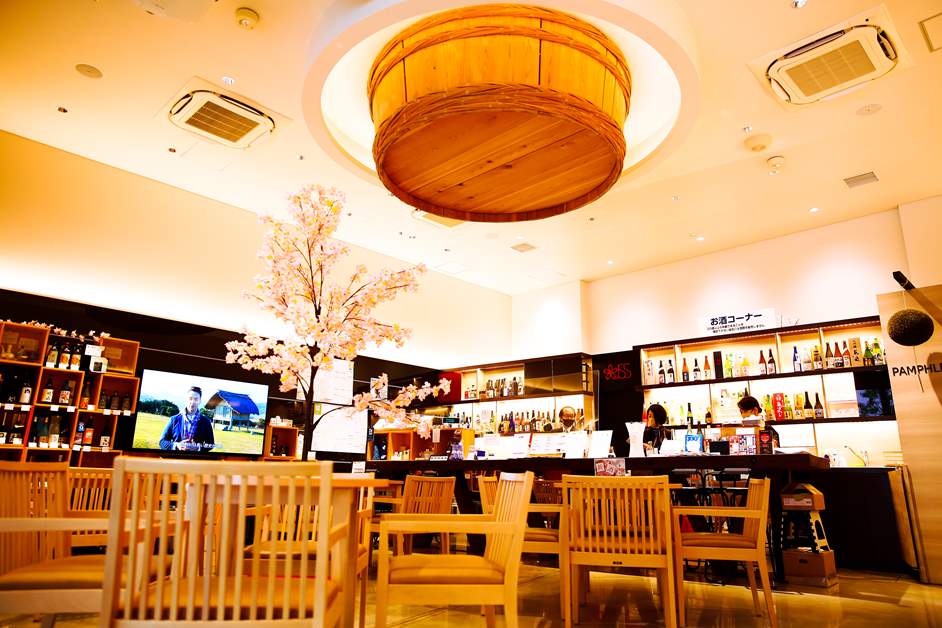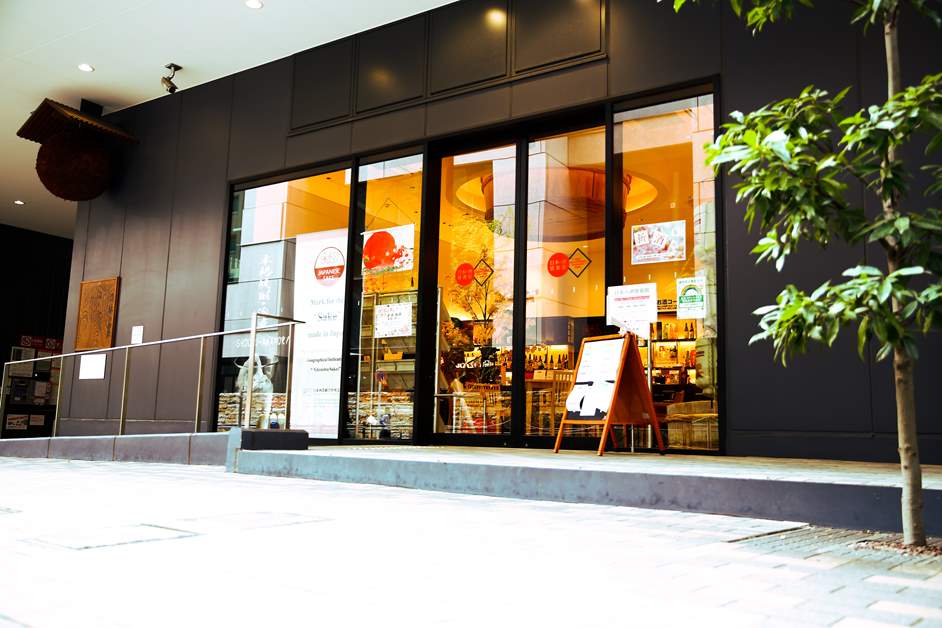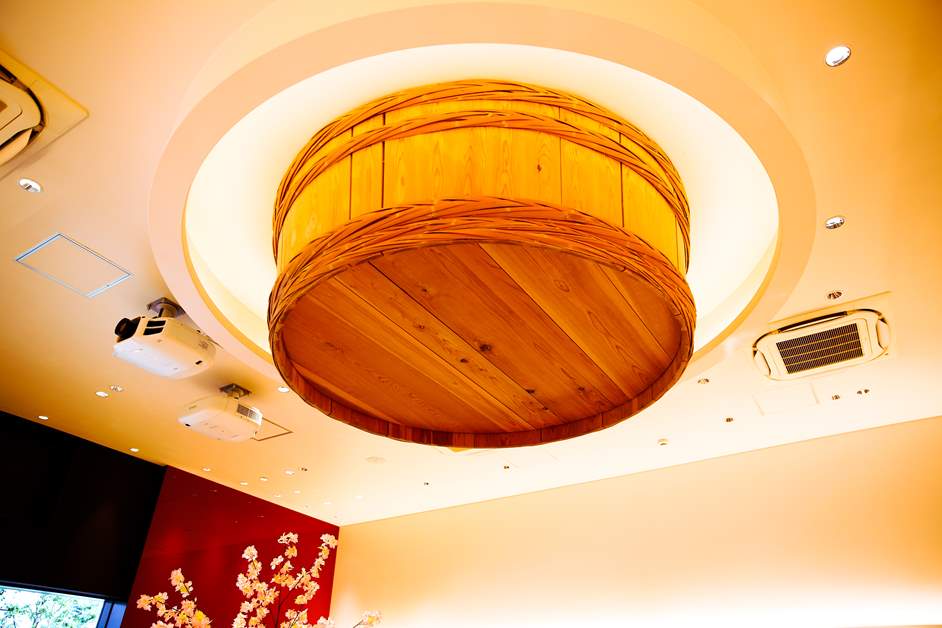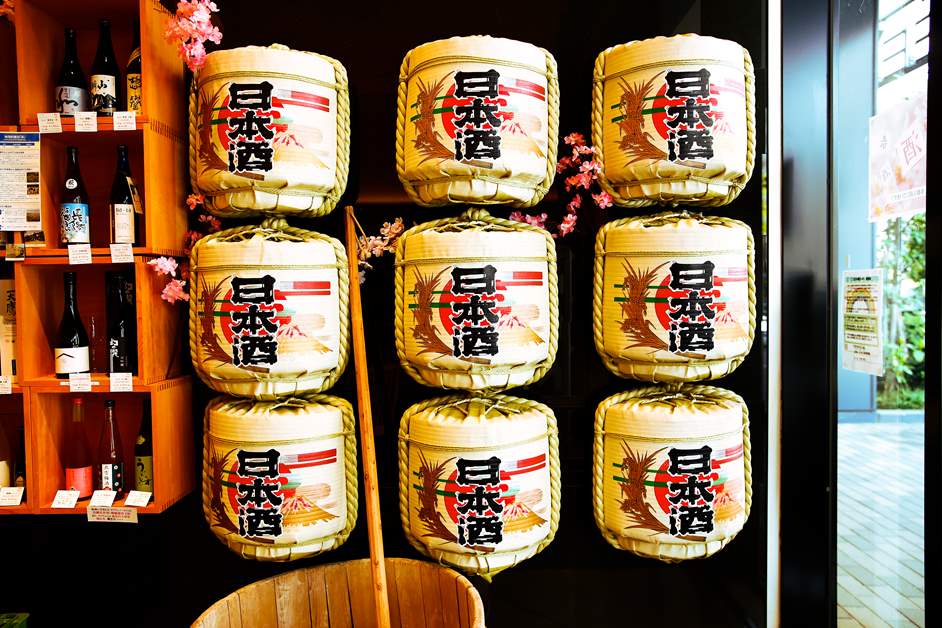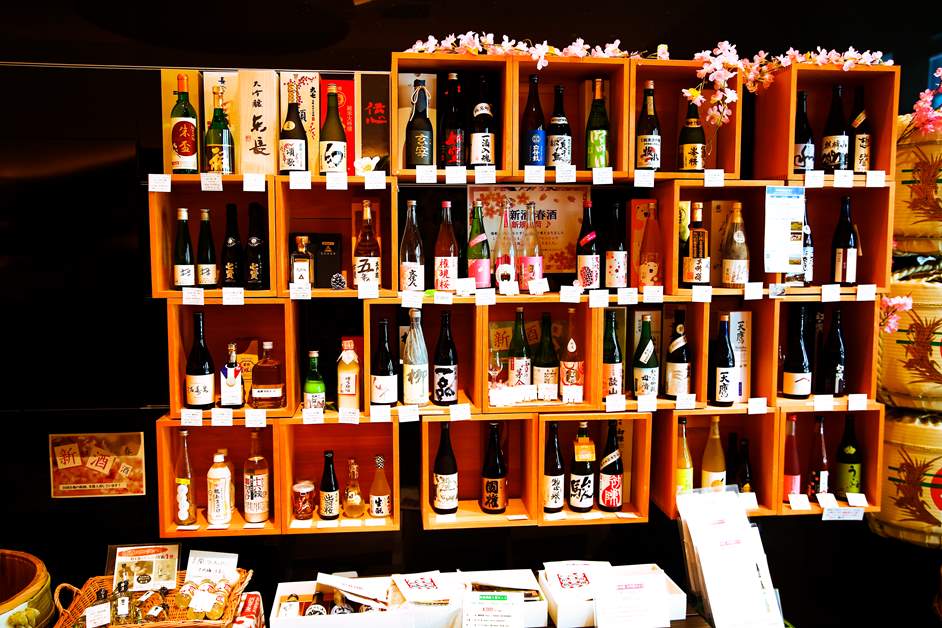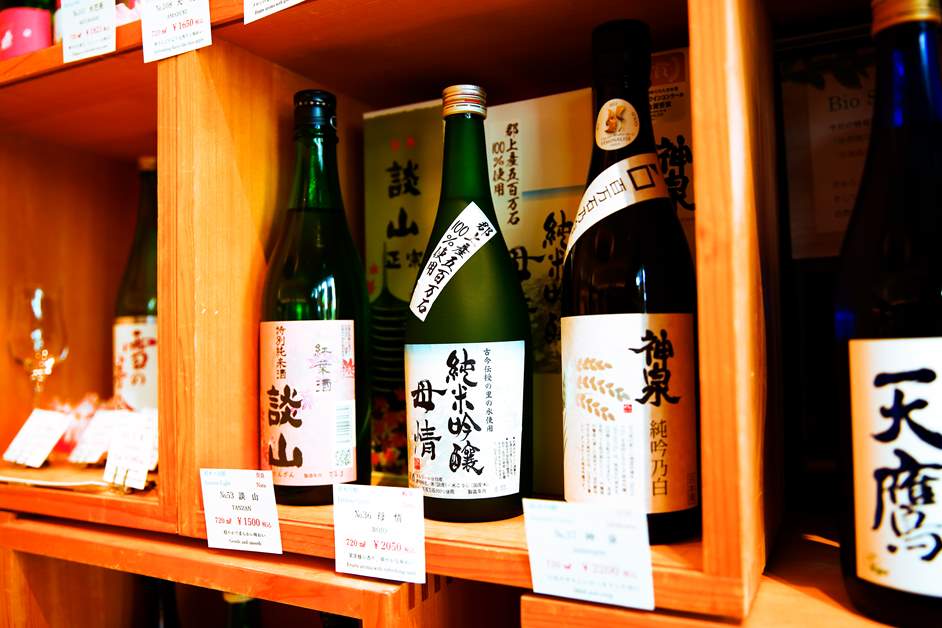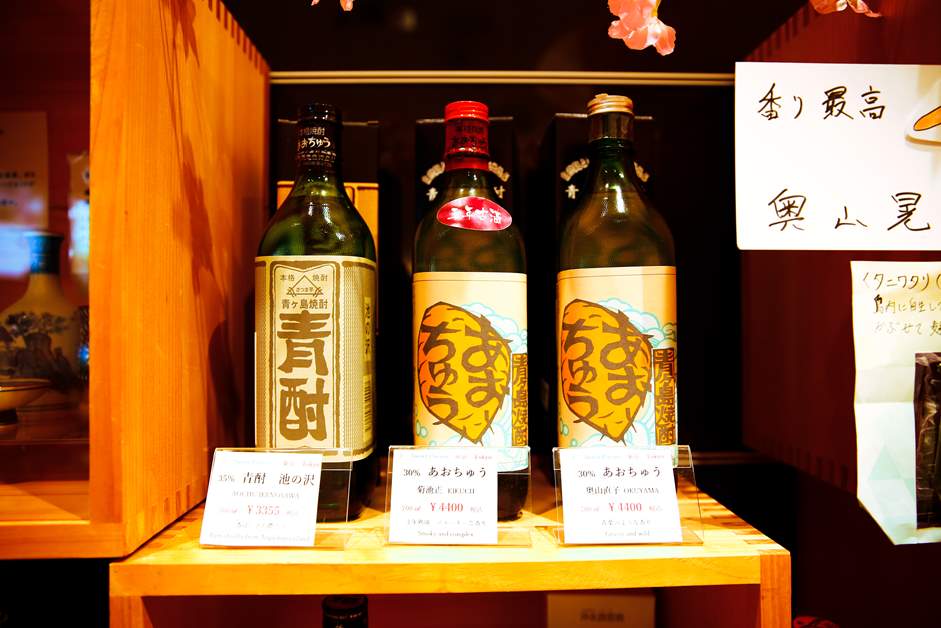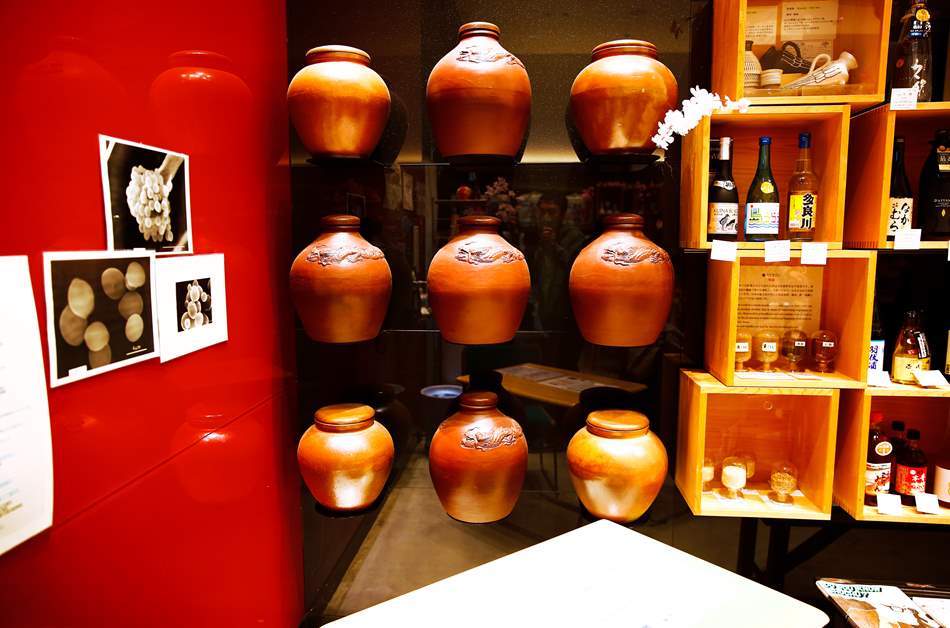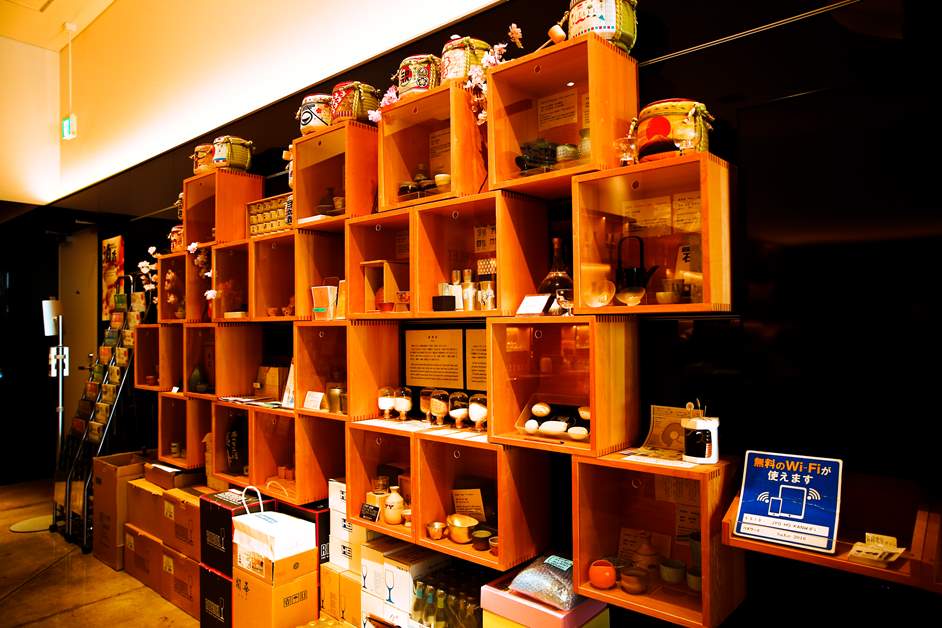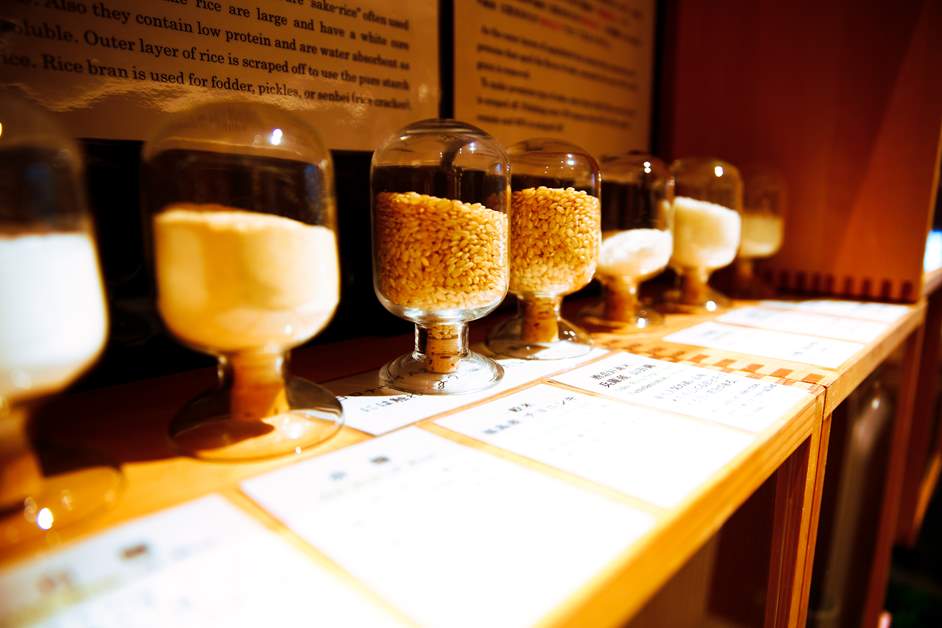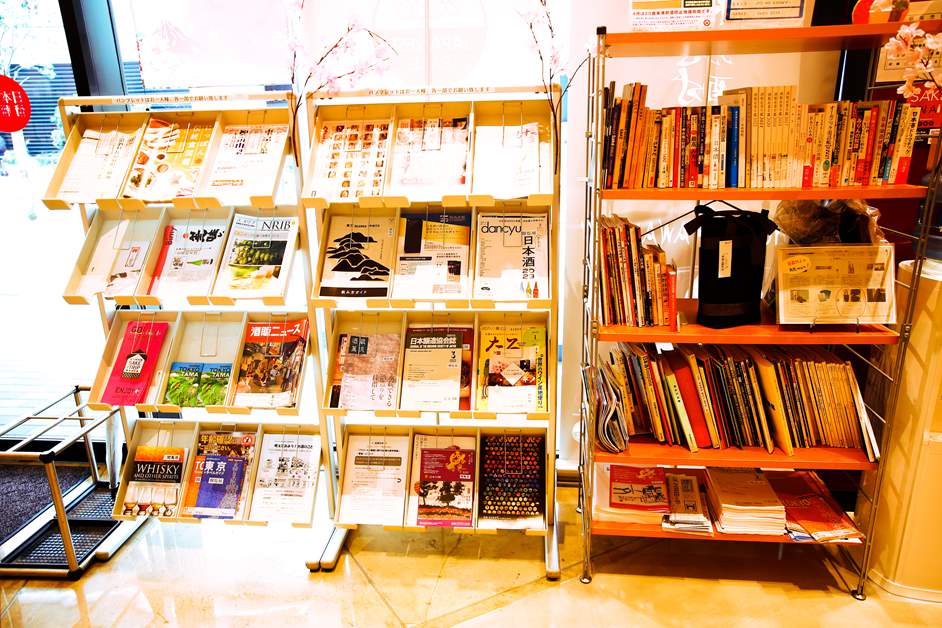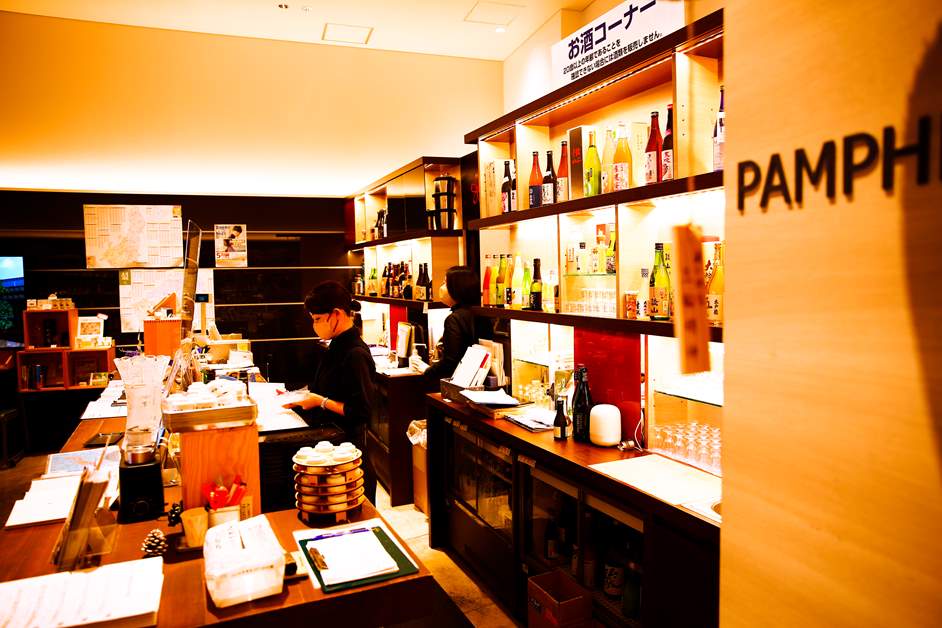【Video Article】 Let's learn more about Japanese Sake! Sake Information Center: Discover the Rich Sake Culture of Japan
The term "national sake" refers to sake, authentic shochu and awamori (rice wine), and mirin (sweet sake), all of which are representative of Japan's history and culture. The "Japanese Sake Information Center" operated by the Central Association of Sake Brewers of Japan was established to promote the appeal of such "Japanese sake" both in Japan and abroad. In a space of about 3.5 square meters, visitors can learn about sake brewing, sample sake, and learn how sake is made. We visited the "Japanese Sake Information Center," where visitors can learn about sake brewing and sample sake.
Sake and authentic shochu are lined up in a refined Japanese modern space.
The Information Center is about a 3-4 minute walk from Toranomon Station on the Tokyo Metro Ginza Line, Kasumigaseki Station on the Chiyoda Line, or Uchisaiwaicho Station on the Toei Mita Line. Located on the first floor of the Nihon Shuzo Toranomon Building, the museum is marked by a large cedar leaf ball, the so-called "Sakabayashi," which is used as a signboard for liquor stores. Anyone can enter the museum free of charge.
Upon entering the museum, the first thing that surprises you is the wooden vats on the ceiling. The wooden vats are used to produce sake, but they are not real vats, but objects made for the Information Center. When it was relocated, it was renewed with a modern Japanese design with an eye toward inbound international visitors. For this visit, we were guided by Director Shuzo Imada, who assumed the position of director at the time of the relocation.
On display on the lacquer-imaged wall near the entrance was a barrel of sake, familiar from the Kagamibiraki sake barrels. The shelves lined with sake and drinking vessels were modeled after wooden "Masu" cups. The refined and fashionable design shows a particular attention to detail.
The sake and authentic shochu available at the information center come from sake breweries that are members of the Central Association of Sake Brewers of Japan, and there are always about 100 varieties available. About 70 percent of the sake is changed every month. The selection ranges from daiginjo to junmai sake and sparkling sake, from Hokkaido in the north to Okinawa in the south, and they take care to cover as many varieties and regions as possible. You will never know what kind of sake you will encounter when you visit. It is truly a once-in-a-lifetime encounter!
In addition to sake, the lineup includes authentic shochu, awamori, hon mirin, and fruit liqueurs. We also have "kusu" (old sake), which is Awamori that has been aged for many years.
Recently, the number of visitors from overseas has been returning, and more than 30% of the daily visitors are foreign tourists interested in Japanese sake. According to Director Imada, the registration of Japanese food as a UNESCO Intangible Cultural Heritage in 2013 has led to an increase in the popularity of Japanese food overseas, which in turn has led to a rapid increase in demand for Japanese sake. Japanese sake paired with Japanese food has spread around the world. In the past, sake was described as "rice wine," but now "SAKE" is commonly used overseas.
Raw materials such as koji and rice are also displayed so that visitors can learn how to make sake.
The information pavilion is based on the concept of "see, touch, and experience," and displays actual samples of raw materials for sake and rice malt, as well as sake containers. Visitors can enjoy just looking at the sake ware from various regions, such as Mashiko ware, Mino ware, and Hagiyaki ware.
There are also a wide variety of books and pamphlets related to alcoholic beverages, allowing visitors to learn about alcoholic beverages from the ground up. There are also two large monitors in the museum, which are constantly showing video content related to alcoholic beverages.
Because the information center gathers all kinds of information on Japanese sake, it attracts not only tourists from Japan and abroad who are interested in sake, but also many people who come to study in order to obtain sake-related qualifications, such as "sake taster" and "SAKE DIPLOMA".
You can sample all of the liquor in the museum! Before you know it, you'll be completely tipsy!
The counter is staffed by a concierge who is well versed in Japanese sake. Even if you have no knowledge of sake, just tell them what you like and they will consult with you. You can tell them the type of sake, such as "refreshing," "a little sweet," or "good aroma," or you can tell them the area, such as "Kyushu" or "Tohoku. You are sure to find your favorite sake!
At the information center, visitors can sample all of the sake available, ranging from 100 yen to 500 yen per glass, and can purchase the sake they like best after tasting it. Of course, only those who are 20 years old or older are allowed to sample. First, why don't you try the variety of sake tasting sets and enjoy the different tastes and aromas of each? For example, the "Sake Basic Set" allows you to sample five different types of sake for only 700 yen (tax included).
The "Japanese Sake Information Center" is a popular place for people to get information about Japanese sake. It may be fun to immerse yourself in the beautiful Japanese sake culture in this sophisticated space. Not only sake lovers, but also those who are not so interested in sake may discover the goodness of Japanese sake. But be careful not to drink too much!
In addition to providing information on sake breweries and events held in various regions, the information center regularly plans and holds events such as tasting events by breweries and seminars by experts. For more information, holidays, and contact information, please check the official website below. There are many photo spots inside the museum, and you can even take pictures!




